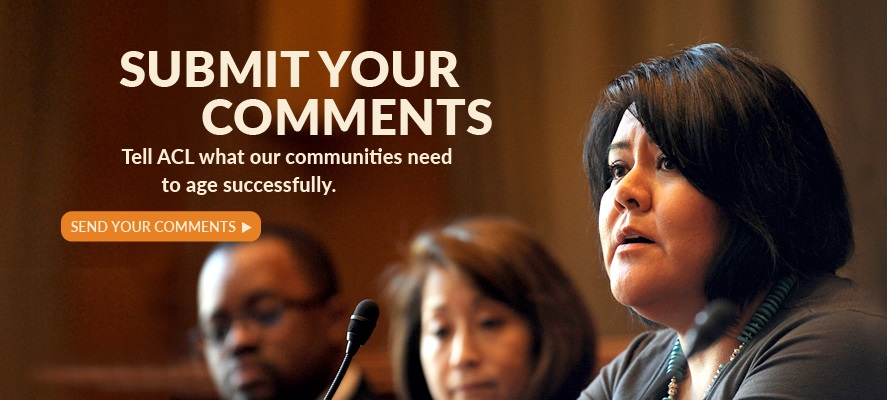 by Kevin Simowitz, Political Director at Caring Across Generations. Before working with Caring Across, Kevin was the organizing director at Maine People’s Alliance and worked as a community organizer at Virginia Organizing.
by Kevin Simowitz, Political Director at Caring Across Generations. Before working with Caring Across, Kevin was the organizing director at Maine People’s Alliance and worked as a community organizer at Virginia Organizing.
The Diverse Elders Coalition has partnered with Caring Across Generations for a project that aims to engage communities of color, American Indian/Alaska Native communities, and LGBTQ communities in the months leading up to the 2016 US Presidential election. This project is twofold: first, we will rally our elders to submit comments to the Administration for Community Living (ACL) on how the federal government can better reach and serve diverse elders. Additionally, we will be providing linguistically-appropriate educational materials for elders on how to register to vote.
Who is Caring Across Generations? We are a national movement of families, caregivers, people with disabilities, and aging Americans working to transform the way we care in this country. By harnessing the power of online action, grassroots organizing and innovative culture change work, we are shifting how our nation values caregiving and calling for policy solutions that enable all of us to live and age with dignity and independence.
Caring Across is so excited to be working with the Diverse Elders Coalition to help gather comment cards about the Administration for Community Living’s recent planning guidance template. This guidance is used by Administration on Aging regional offices to develop state plans on aging, which provide statewide funding and support for Older Americans Act programs. The chance to offer input in a rulemaking process is a chance to demonstrate the reach and depth of the Diverse Elders Coalition and measure our ability not just to educate our members and provide services but also to move people to take action on an issue that affects their lives.
Caring Across has always believed that civic engagement programs help amplify and sharpen the policy changes we are working toward at the state and federal levels. Elections are the biggest public conversation we have in this country about our vision for the future and our hopes for the next generation, and increasing civic engagement opportunities for our target constituencies is one way that we make sure that the candidates who become elected officials are accountable to our priorities and needs. A recent Washington Post poll showed that while only half of Americans under 30 say they are certain to vote this fall, while the level of certainty is nearly 80 percent for American voters over 65. The older someone is, up until age 75, the more likely he or she is to vote. It is vital to the Diverse Elders Coalition that our American Indian/Alaska Native elders, Asian and Pacific Islander American elders, Black elders, Hispanic elders, and LGBTQ elders are included in those figures — and it is through linguistically and culturally appropriate civic engagement and outreach that we will get our communities into the voting booths this fall.
Civic engagement is really about building a political muscle. Just like a bicep or a hamstring, to have a strong political muscle, we have to regularly exercise it, and we should make sure that our goals to increase the size of our political muscle follow a realistic timeline. Campaign season is like hitting the gym for our political muscle, but that doesn’t mean that we’ll go from lifting 10-pound weights to being body-builders overnight. Understanding that building our organizational civic engagement muscle involves steadily setting and achieving goals for higher membership and action rates within our groups will put us on track for measurable success (without tearing anything in the process!).
We hope that this project is just the beginning of a close partnership between DEC and CAG, and we’d welcome thoughts and ideas from DEC members and allies about the work we are doing at Caring Across.
The opinions expressed in this article are those of the author and do not necessarily reflect those of the Diverse Elders Coalition.


